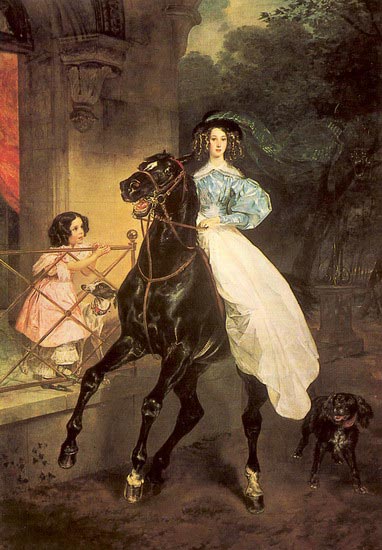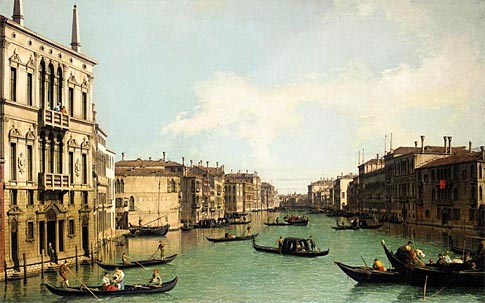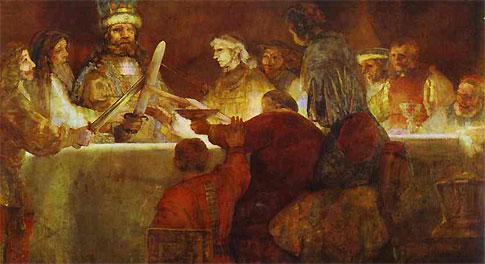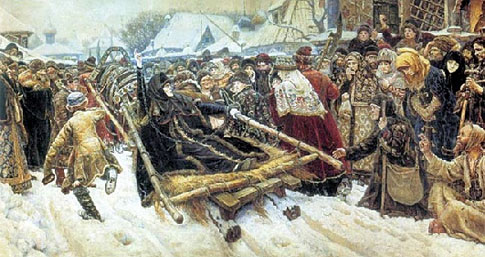Monthly Archives: February 2019
Eugene Delacroix – Goethe’s Faust lithographs
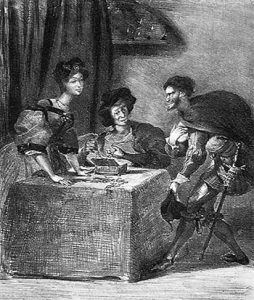 In the 1820s, the artist Eugene Delacroix was in the prime of his creative power. He is 30 years old, he is a recognized master, who created the paintings that put him among the best artists of France: “Dante and Virgil”, “The Massacre at Chios”, “The Execution of Marino Faliero”, “The Death of Sardanapala”.
In the 1820s, the artist Eugene Delacroix was in the prime of his creative power. He is 30 years old, he is a recognized master, who created the paintings that put him among the best artists of France: “Dante and Virgil”, “The Massacre at Chios”, “The Execution of Marino Faliero”, “The Death of Sardanapala”.
In them, Delacroix most fully reflected the ideas of progressive romanticism that prevailed at that time in French painting, to the transmission of historical truth expressed by a vivid, emotional language, which compels the emperor to sympathize with the strong, integral and passionate characters. Continue reading
Fritz Kremer: “I had the good fortune to create many monuments that stand on the street”
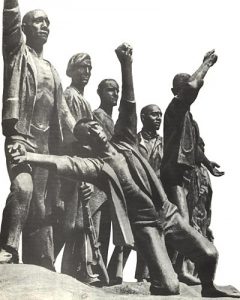 The essence of understanding of the creative tasks of Kremer is to appeal to the broad masses of the people. “I feel it my duty,” says the artist, “to speak about the events that I experienced as a participant or a witness.” Fritz Kremer’s path more than once led him to the brink, the transition of which required risking his life. His art speaks of the most tragic and sorrowful moments in the history of the 20th century courageously, simply and frankly. The artist does not lose faith in the bright forces of man and does not allow falsehood and emotion.
The essence of understanding of the creative tasks of Kremer is to appeal to the broad masses of the people. “I feel it my duty,” says the artist, “to speak about the events that I experienced as a participant or a witness.” Fritz Kremer’s path more than once led him to the brink, the transition of which required risking his life. His art speaks of the most tragic and sorrowful moments in the history of the 20th century courageously, simply and frankly. The artist does not lose faith in the bright forces of man and does not allow falsehood and emotion.
Fritz Kremer was born 80 years ago in the small mining town of Ruhr. He was not one year old when he lost his father, and at the age of 16 after his mother died, he left the burgher’s stepfather’s house that was alien to him. Continue reading
Rafael Santi – the ideal of the purest art
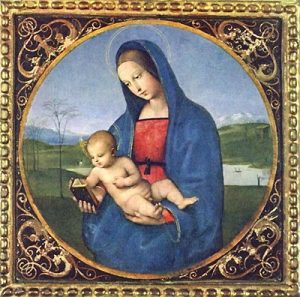 In the view of the people of the Renaissance, beauty is above all the orderly consonance and connection of parts, harmony. It is based on a proportion, a perfect image, where, in the words of the Italian scientist and architect Alberti, “you cannot add, subtract or change anything without making it worse.”
In the view of the people of the Renaissance, beauty is above all the orderly consonance and connection of parts, harmony. It is based on a proportion, a perfect image, where, in the words of the Italian scientist and architect Alberti, “you cannot add, subtract or change anything without making it worse.”
In the resurrected Renaissance, the ancient formula “beauty is harmony” expressed both the essence of art and a peculiar idea of the world around it. Continue reading
